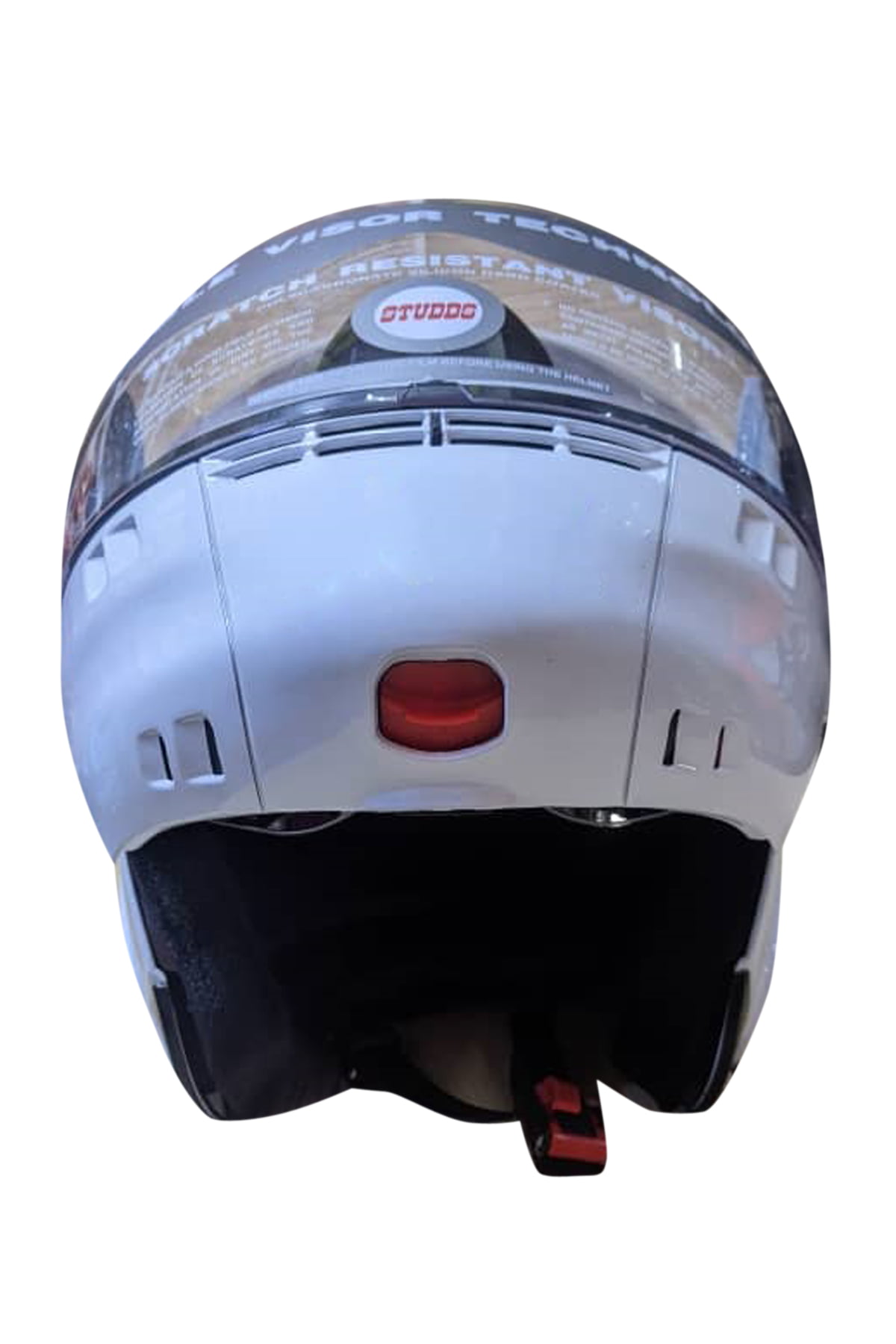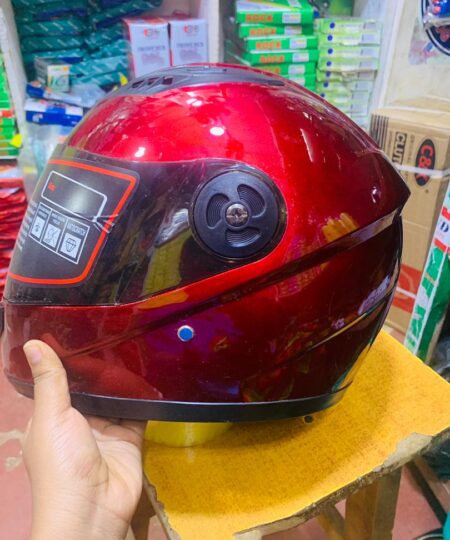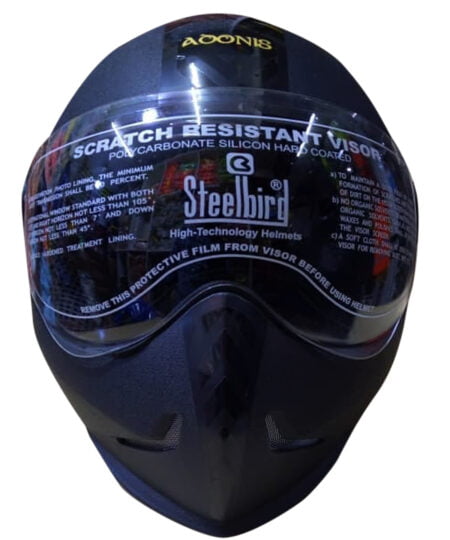Description
A riding helmet, also known as an equestrian helmet or horseback riding helmet, is a specialized headgear designed to protect riders’ heads from potential injuries during horse riding activities. These helmets are essential safety equipment and are widely used in equestrian sports, horseback riding lessons, and recreational riding. Here is a description of a typical riding helmet:
Outer Shell: The outer shell of a riding helmet is usually made of high-impact-resistant materials such as ABS (acrylonitrile butadiene styrene) or polycarbonate. This hard outer shell provides impact resistance and helps distribute and absorb the force of a blow.
Impact-Absorbing Liner: Inside the helmet, there is an impact-absorbing liner made of foam or similar materials. This liner is designed to absorb and disperse the energy generated during an impact, reducing the severity of head injuries.
Ventilation: Riding helmets often have ventilation features, such as vents or perforations, to promote airflow and increase comfort for the rider. Ventilation helps to regulate temperature and reduce heat buildup inside the helmet.
Retention System: The retention system, commonly referred to as a chin strap or harness, is used to secure the helmet on the rider’s head. It typically consists of adjustable straps with a buckle or snap closure. The retention system ensures a secure and snug fit, preventing the helmet from shifting or coming off during a fall.
Visor or Peak: Some riding helmets have a built-in visor or peak at the front. The visor provides shade and helps to shield the rider’s eyes from sunlight, rain, or falling debris.
Size Adjustments: Riding helmets often come with adjustable sizing systems to accommodate different head shapes and sizes. This ensures a proper fit for the rider, enhancing comfort and safety.
Compliance with Safety Standards: Riding helmets should meet safety standards specific to equestrian activities. In various regions, organizations like the American Society for Testing and Materials (ASTM) or the European Union’s CE certification set standards for riding helmets. These standards ensure that the helmets meet specific impact resistance and performance criteria.
It is crucial to select a riding helmet that fits properly and is appropriate for the rider’s intended activity. Ill-fitting helmets or those that have been involved in a significant impact should be replaced, as their ability to provide adequate protection may be compromised.
Wearing a properly fitted and certified riding helmet significantly reduces the risk of head injuries and offers riders crucial protection during horseback riding. It is essential to prioritize safety by choosing a high-quality helmet and regularly inspecting and replacing it as needed.





Reviews
There are no reviews yet.